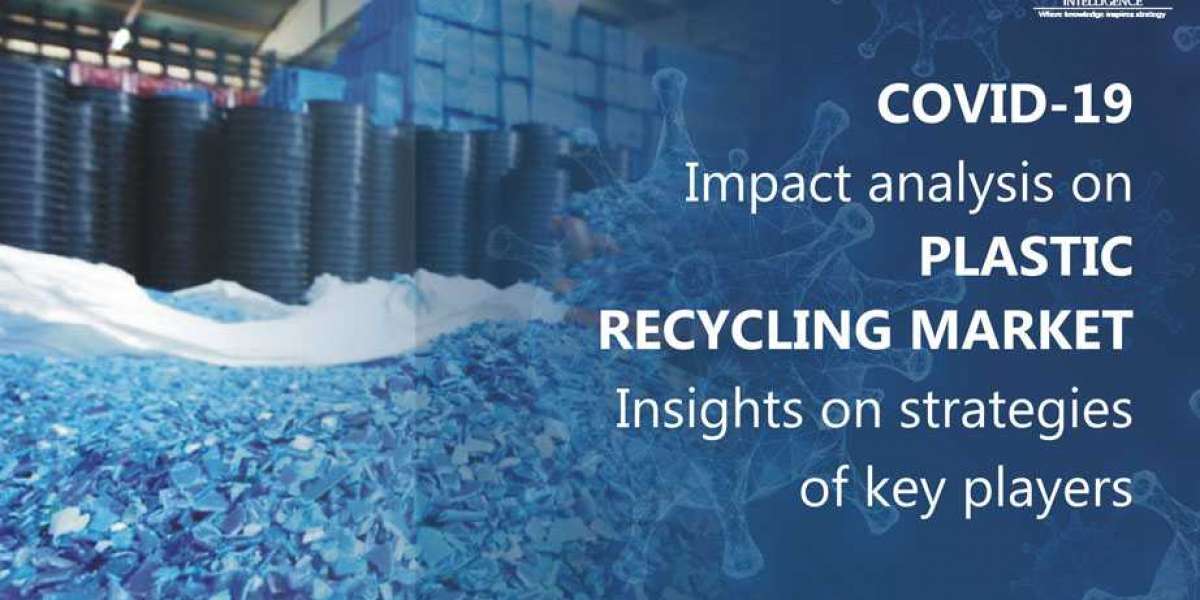According to a report by P&S Intelligence, the global plastic recycling market is expected to generate a revenue of more than $64,139.7 million by 2024, increasing from $41,238.8 in 2018.
The consumption of plastic has increased at a rapid pace across the globe, owing to swift industrialization and globalization. While the material has a number of application, it is immensely harmful for the environment, which is already in a bad condition due to increased greenhouse gas emissions. Plastic does not degrade for several years after it is discarded and is also made up of several harmful chemicals that can affect the health of human beings. Because of this surging land pollution caused by plastic, the need for plastic recycling has been growing rapidly around the world.
According to a report by PS Intelligence, the global
plastic recycling market is expected to generate a revenue of more than $64,139.7 million by 2024, increasing from $41,238.8 in 2018, and is projected to exhibit an 8.6% CAGR during the forecast period (2019–2024). Plastic waste is generated by different sources, namely molded products, packaging (including films and bottles), wires cables, sheets, and pipes. Among all these, packaging plastics created the largest demand for recycling in the past, which is majorly due to their short-use lifecycle.
Advancements in plastic processing and recycling have enabled the processing of these waste materials for retaining the needed consistency in properties, storage capability, and even visual attributes. In addition to this, integrated recycled plastic, such as bottle-to-bottle, are made stronger in the future, which is because of the fact that the process requires less electricity costs and is also environmentally feasible as compared to adoption and production of virgin materials. Different types of plastic materials that are recycled are polystyrene, polyethylene terephthalate, polyvinyl chloride, polyethylene (PE), and polypropylene. Among all these, PE was recycled the most in the past and is further predicted to be utilized the most for recycling purposes in the coming years.
This can ascribed to the high production of virgin PE, appreciable recycling rate for this plastic material, and high disposal and waste generate rate. The major industries which generate plastic waste for recycling are automotive, household personal care, construction, and food beverages. Among all these, the food and beverages industry created the largest waste for plastic recycling in the past. The industry makes use of a wide variety of plastics for storage, packaging, preservation, ease of transportation, and maintaining the aesthetic appeal of processed food beverages. These materials are disposed by consumers are use, thereby creating high-volume waste of plastic.
The industry has now been implementing policies and taking initiatives regarding plastic waste, including improvements enhancements in packaging design for improving recyclability and eco-modulation of packaging fees, which are also predicted to increase the recycling volume. Geographically, Asia-Pacific has been the largest
plastic recycling market in the past, which can be owing to the increasing import of plastic waste in South Asian countries, including Vietnam, Thailand, India, and Malaysia. This because of the ban on import of 24 types of plastic waste, non-industrial, by China in 2017.
Hence, the demand for plastic recycling is growing due to the surging generation of plastic waste across the globe and its negative effects on the environment.
